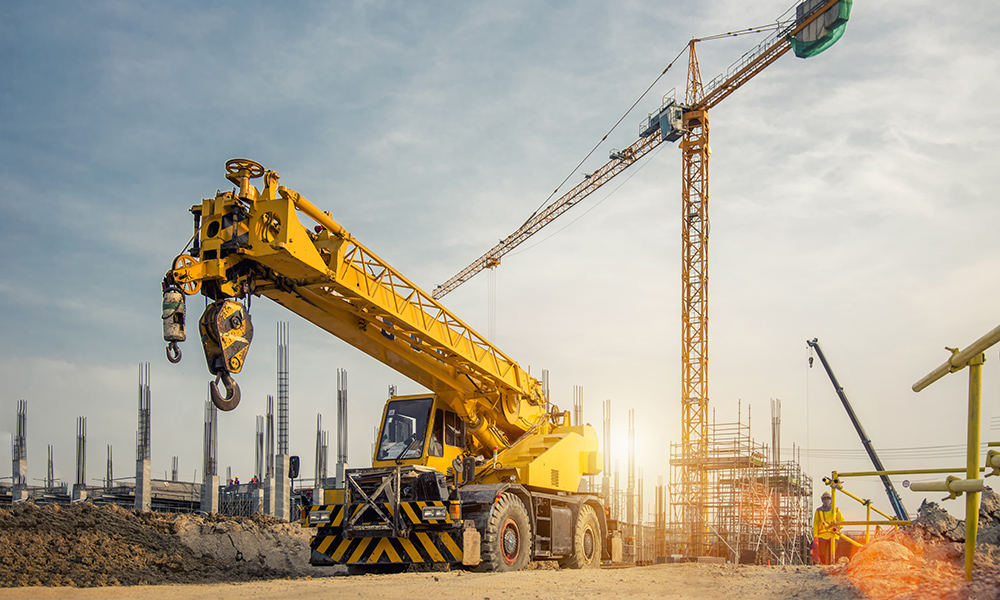3A new Allied Market Research report forecasts that the global construction-equipment rental market will climb to $230.3 billion by 2034, fuelled by rising infrastructure spending and a global shift toward usage-based equipment models. The market is expected to grow at a CAGR of 7.6%, making rental one of the fastest-expanding segments in the machinery sector.
The trend mirrors what is already being seen across the GCC, where rental companies continue to expand fleets and diversify their offerings to meet demand from contractors prioritising shorter project commitments and lower upfront capital expenditure. In markets such as Saudi Arabia — where project volume is high but timelines are tightly managed — rental continues to deliver operational agility and better financial predictability.
The report highlights that the rental sector’s growth is being accelerated by the adoption of digital booking platforms, telematics-enabled fleet management, and improved safety and maintenance standards. For Middle East operators, technology-backed rental models are becoming increasingly important as contractors look for transparent pricing, guaranteed uptime and fast delivery of machines to site.
With project pipelines intensifying from 2025 to 2030, regional rental firms are likely to continue investing in hybrid and electric equipment, advanced telehandlers, access platforms, compact machines and heavy earthmoving units — particularly those suited for large-scale urban development and industrial mega-sites.
The construction-equipment market in the Middle East and North Africa is forecast to grow from $11 billion in 2024 to nearly $13.8 billion by 2030, according to a recent market outlook by ResearchAndMarkets.com. The report attributes the rise to accelerating investment in infrastructure, industrial diversification and urban development across the region — all of which are creating strong, sustained demand for modern machinery.
Saudi Arabia remains the biggest driver of growth, underpinned by its mega and giga-project portfolio, including NEOM, The Line, Qiddiya, the Red Sea Project and extensive transport network development. The UAE continues to scale urban regeneration and advanced mobility projects, while markets such as Qatar, Oman and Egypt maintain healthy levels of construction activity.
The projected expansion is expected to boost demand for excavators, cranes, compact equipment, aerial platforms and telehandlers — while the rental segment is predicted to outperform ownership models as contractors increasingly prioritise flexibility, cost control and shorter procurement cycles.
Analysts highlight that digitalisation, electrification and automation will play growing roles in machine selection, with fleets looking for better telematics, predictive maintenance and improved uptime. OEMs with strong aftersales networks and region-specific product adaptations are likely to benefit most from the market’s next growth phase.
